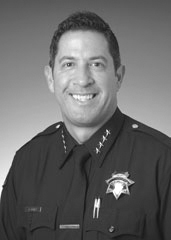Where will your family be when disaster strikes? They could be anywhere: at work; at school; or in the car. How will you find each other? Will you know if your children are safe?
Disaster can strike quickly and without warning. It can force you to evacuate your neighborhood or confine you to your home. What would you do if basic services – water, gas, electricity, telephones, cable and internet were cut off? Local officials and relief workers will be on the scene after a disaster, but they cannot reach everyone right away.
Families can – and do – cope with disaster by preparing in advance and working together as a team. Follow the following steps to create your family’s disaster plan. Knowing what to do is your best protection and your responsibility.
- Meet with your family and discuss why you need to prepare for disaster. Discuss the types of disasters that are most likely to happen. Explain what to do in each case.
- Pick two places to meet: Right outside of your house, by a tree or street light for example, in case of a sudden emergency, like a fire or outside your neighborhood, at a friend’s home for example, in case you can’t return home (everyone must know the address and phone number).
- Ask an out-of-state friend to be your “family contact”. After a disaster, it’s often easier to call long distance. All family members should call this person and tell them where they are. Everyone must know your contact’s phone number.
- Quiz your kids every six months so they remember what to do.

